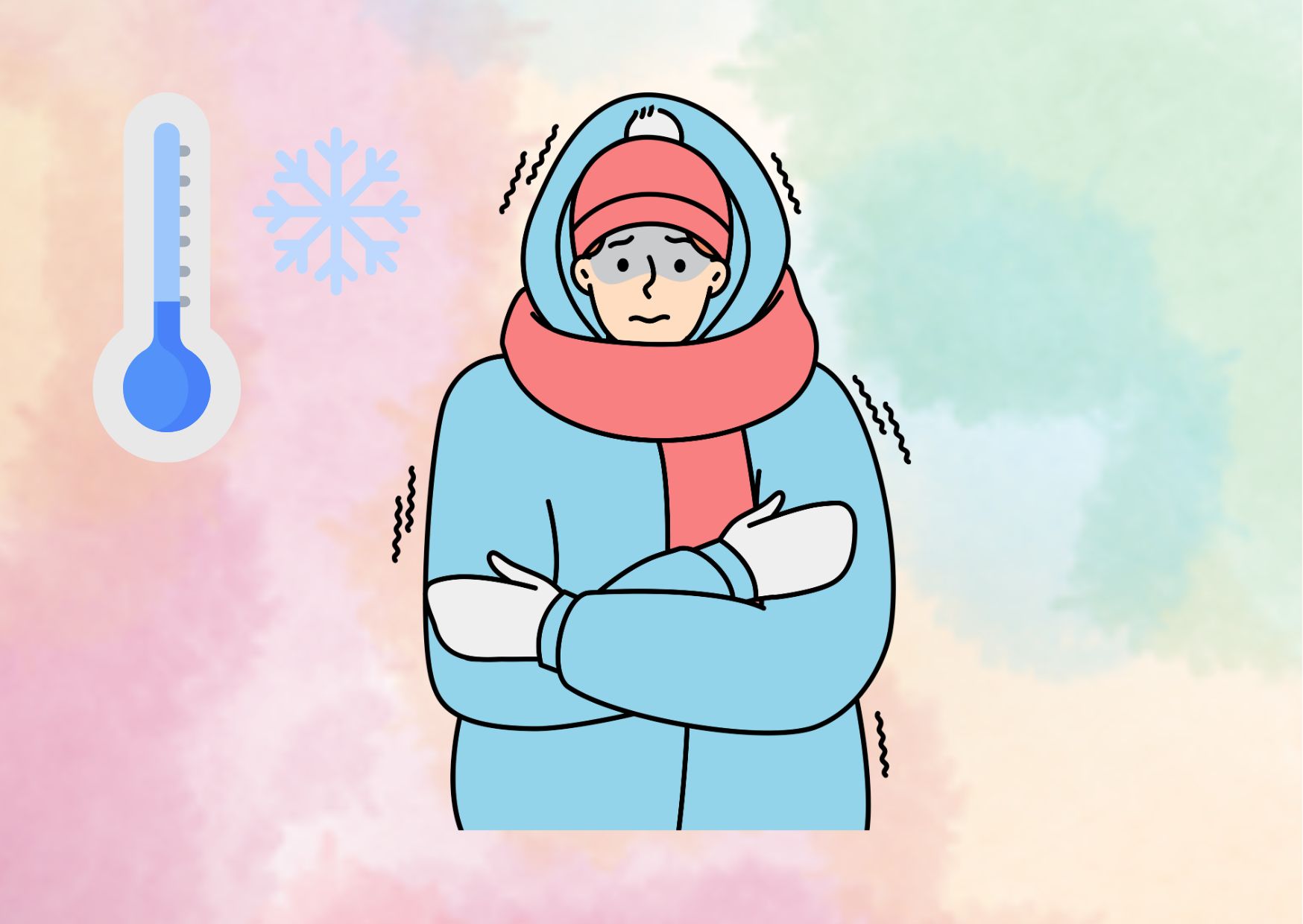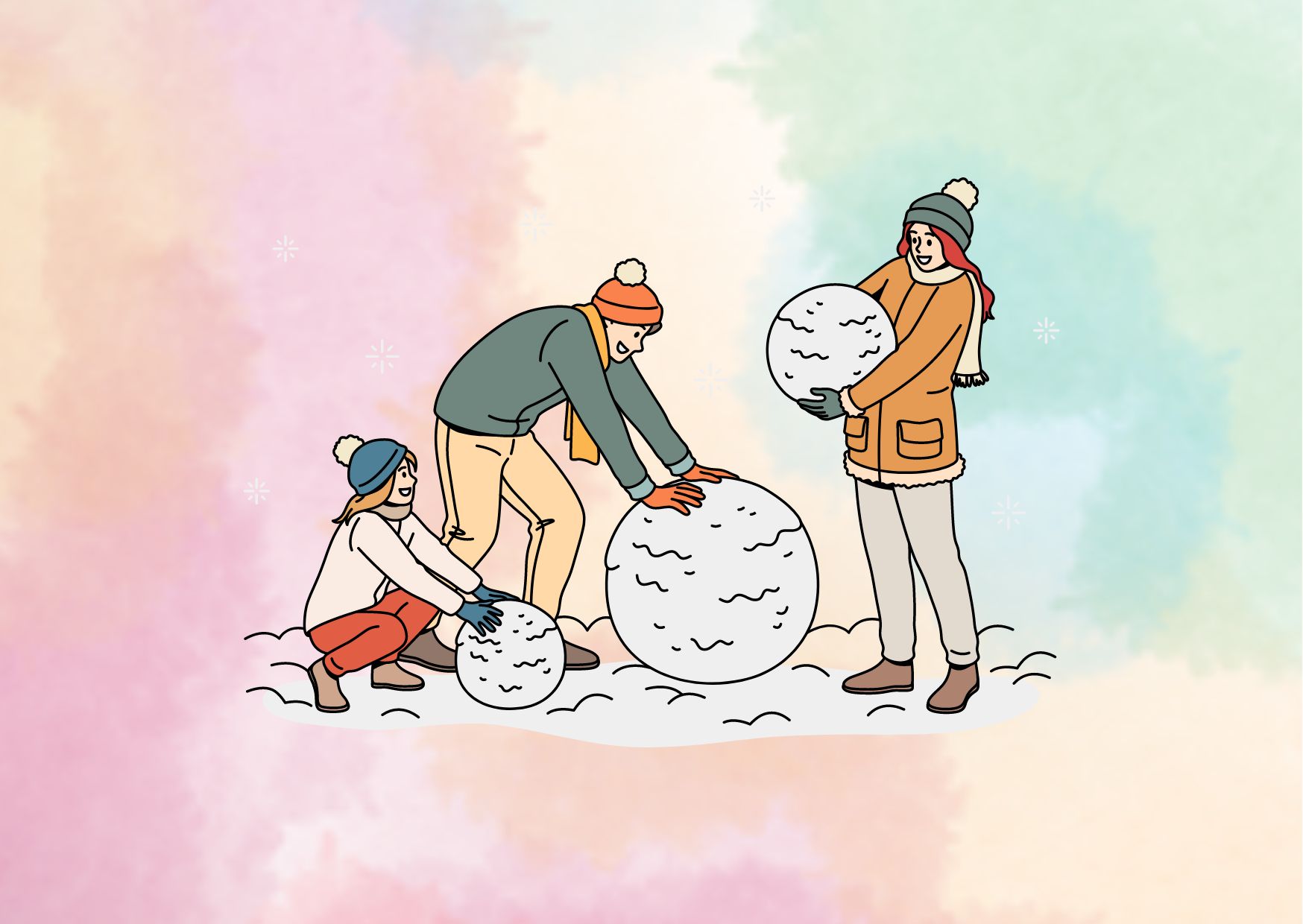Winter Seasonal Affective Disorder: Surviving the Cold Months
The arrival of winter often brings a shift in mood and energy levels for many people. As the days grow shorter and daylight hours dwindle, a significant portion of the population experiences the “winter blues” or Seasonal Affective Disorder (SAD). This cyclical pattern of mental health challenges, characterized by symptoms like increased fatigue, changes in appetite, and social withdrawal, impacts an estimated 15% of Canadians and up to 20% of American adults. The pandemic has further amplified the strain on mental wellness during the colder months.
This comprehensive guide delves into the multifaceted aspects of winter mental health, exploring the impacts of seasonal changes, strategies for self-care, establishing healthy routines, seeking professional help, light therapy options, staying connected, embracing the outdoors, and managing stress and anxiety. By understanding the factors contributing to winter depression and implementing effective coping mechanisms, individuals can navigate this challenging period with greater resilience and well-being.
Impact of Seasonal Changes
The onset of winter brings about a myriad of changes that can profoundly impact mental well-being. One of the most significant challenges is Seasonal Affective Disorder (SAD), a type of depression that occurs during the winter months and improves in the spring. Approximately 5% of Americans experience Seasonal Affective Disorder, with women being four times more likely to be affected.
Symptoms of Seasonal Affective Disorder can include:
- Persistent feelings of sadness or anxiety
- Loss of interest in activities once enjoyed
- Changes in appetite and sleep patterns
- Low energy and fatigue
- Slowed thinking and difficulty concentrating
- Feelings of hopelessness or worthlessness
- Thoughts of death or suicide
While the “winter blues” can cause temporary mood changes, Seasonal Affective Disorder involves a more global withdrawal from life and a significant loss of interest in normal activities.
Several factors contribute to the development of Seasonal Affective Disorder, including:
- Reduced sunlight exposure and shorter daylight hours
- Disruptions to the body’s circadian rhythms and melatonin levels
- Decreased serotonin levels and vitamin D deficiency
- Geographic location and latitude (more common in northern regions)
- Family history and pre-existing mental health conditions
The impact of seasonal changes extends beyond Seasonal Affective Disorder. Factors such as reduced time spent outdoors, feelings of loneliness and isolation, and changes to sleep-wake cycles can also contribute to winter mental health challenges. Additionally, the colder weather can lead to cravings for warm, comforting foods and sedentary activities, potentially exacerbating issues like weight gain and lethargy.
Strategies for Seasonal Affective Disorder Self-Care
Navigating the winter months can be challenging for mental well-being, but incorporating self-care strategies can make a significant difference in managing symptoms of Seasonal Affective Disorder and maintaining overall emotional health. Here are some effective approaches to consider:
- Engage in Regular Physical Activity: Even light exercise, such as daily walks or indoor workouts, can boost energy levels, improve sleep quality, and enhance mood. Adapting your exercise routine to cold weather activities like snowshoeing or indoor sports can make it more enjoyable.
- Prioritize Nutrition and Sleep Habits: Maintaining a balanced diet rich in nutrients like vitamin D, omega-3 fatty acids, and whole foods can support mental well-being. Establishing consistent sleep patterns and ensuring adequate rest is also crucial for managing winter blues.
- Practice Mindfulness and Relaxation Techniques: Mindfulness practices like meditation, deep breathing exercises, and journaling can help reduce stress, anxiety, and negative thought patterns. Cognitive-behavioral therapy (CBT) techniques can also be beneficial in reframing unhelpful thought patterns.
- Foster Social Connections: Staying socially connected with friends and family can provide a sense of support and accountability. Plan enjoyable activities or small gatherings to look forward to, as social interaction can boost mood and combat feelings of isolation.
- Engage in Enjoyable Hobbies and Activities: Pursuing hobbies, trying new crafts or recipes, or engaging in indoor activities you enjoy can keep your mind engaged and provide a sense of purpose. Watching comedies or shows that make you laugh can also help counter depressive symptoms.
- Embrace Hygge: Embrace the Danish/Norwegian concept of “hygge,” which emphasizes creating a cozy, comfortable, and convivial atmosphere. This can involve activities like curling up with a warm beverage, lighting candles, or enjoying the company of loved ones in a relaxing setting.
- Seek Professional Support: If self-care strategies are not sufficient, consider seeking professional help from a therapist or counselor. Treatment options for Seasonal Affective Disorder may include light therapy (phototherapy), psychotherapy (particularly CBT), or medication, depending on the severity of symptoms.
Remember, self-care is not a one-size-fits-all approach, and it may take some experimentation to find the strategies that work best for you. The key is to be proactive, prioritize your mental well-being, and seek support when needed.
Establishing Healthy Routines
Establishing healthy routines can be a powerful tool in combating the mental health challenges that often accompany the winter months. By incorporating consistent habits into daily life, individuals can cultivate a sense of structure and stability that can help mitigate the effects of Seasonal Affective Disorder and other winter-related mood disturbances.
- Prioritize Sleep Hygiene: Maintaining a regular sleep routine is crucial for overall well-being. Aim to go to bed and wake up at consistent times, even on weekends, and follow a relaxing pre-bedtime routine to promote better sleep quality. Getting the recommended seven hours or more of sleep per night can help reduce the risk of experiencing symptoms of stress, depression, anxiety, and Seasonal Affective Disorder.
- Incorporate Regular Physical Activity: Engaging in regular exercise, even in short bursts of 10 minutes, can have a profound impact on mental health. Aim for at least 30-60 minutes of physical activity five days a week, whether through indoor workouts, virtual exercise classes, or outdoor activities like walking. Exercise has been shown to help alleviate symptoms of depression and anxiety.
- Maintain a Balanced Diet: A nutritious diet rich in fruits, vegetables, lean proteins, and whole grains can provide the necessary nutrients to support energy levels and mood. Limit processed foods and excessive sugar intake, and focus on incorporating healthy fats and complex carbohydrates into your meals.
By establishing these healthy routines, individuals can create a sense of structure and stability that can help combat the challenges of winter mental health. However, it’s important to remember that these routines should be tailored to individual needs and preferences, and may require adjustment and experimentation to find the right balance.
Seeking Professional Help
For many individuals, self-care strategies and establishing healthy routines may not be enough to effectively manage the symptoms of Seasonal Affective Disorder or other winter-related mental health challenges. In such cases, seeking professional help is crucial for identifying and addressing these concerns in a timely and appropriate manner.

